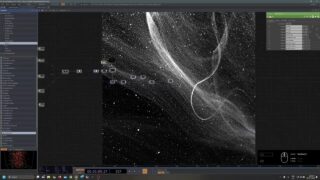What Is Noise and how to use Touchdesigner to Create 2D Texture and 3D Parametric Displacements
Today we’re diving into the world of noise an essential technique behind dynamic textures *Get Project Files & Components on my Patreon* 👉 https://okamirufu.link/project_files_collections
Education Interactive Material About Noise TOP
👉 https://okamirufu.link/td_noisetypes
Free VJ Pack Collections – Over 150 Videos and Growing
👉 https://okamirufu.link/free_vj_pack_y
AI voice I used:
👉 https://okamirufu.link/eleven_labs
–
*More information about the types of noise used in TouchDesigner*
*Perlin Noise (2D, 3D, 4D):*
Algorithm: Developed by Ken Perlin in 1983, Perlin noise generates smooth, continuous random noise based on gradients at lattice points. The noise is computed by interpolating random gradient vectors across a grid, resulting in a coherent and natural-looking noise pattern often used in textures and procedural generation.
*Simplex Noise (2D, 3D, 4D):*
Algorithm: A more computationally efficient version of Perlin noise, developed by Ken Perlin in 2001. Simplex noise is based on a skewed grid of equilateral triangles or tetrahedra (for 2D and 3D noise, respectively) rather than the square grid used in Perlin noise. This reduces computational complexity and eliminates directional artifacts, making it suitable for generating high-quality noise on GPUs.
*Sparse Convolution Noise:*
Algorithm: A type of noise that utilizes sparse convolution, where a small number of randomly placed impulses are convolved with a kernel function. This produces a noise pattern that can be controlled to appear more sparse or dense, useful for generating effects like sparse clouds or organic textures.
*Hermite Noise:*
Algorithm: Based on Hermite interpolation, this noise type smoothly interpolates between points using cubic Hermite polynomials. This results in a noise pattern with a smooth transition between values, offering more control over the smoothness compared to standard Perlin or Simplex noise.
*Harmonic Summation Noise:*
Algorithm: This method sums multiple layers of noise (harmonics) at different frequencies and amplitudes. The resulting pattern is a fractal-like noise that can produce complex, detailed textures. This is similar to fractal noise or turbulence used in graphics.
*Alligator Noise:*
Algorithm: This is a proprietary noise algorithm in TouchDesigner that produces a highly detailed and complex noise pattern. It is designed to simulate textures that have a scaly or reptilian appearance, with sharp transitions and high contrast.
*Random (GPU):*
Algorithm: Generates completely random values for each pixel independently, with no continuity between neighboring pixels. This is the simplest form of noise and is often used as a basic random number generator in shaders.
–
*Lets Connect*
*Instagram:* https://okamirufu.link/instagram
*TikTok:* https://okamirufu.link/tiktok
*Pinterest:* https://www.pinterest.co.uk/okamirufu/
*Other:* https://linktr.ee/okamirufu
–
*Merch:* 👉 https://society6.com/okamirufu
*My Music* 👉 https://okamirufu.link/my_music
*Music Playlist* 👉 https://okamirufu.link/playlist_1
–
I hope you liked this tutorial! If you have any questions, feel free to ask in the comments below.
*Subscribe to stay updated on future tutorials*
Stay weird & Listen Music
*Okamirufu*
#touchdesigner , #generativeart , #creativecoding , #digitalart , #interactivedesign , #vjloops , #motiongraphics , #newmediaart , #projectionmapping



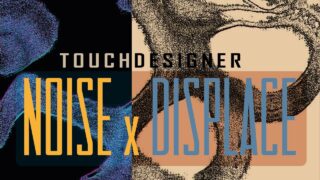
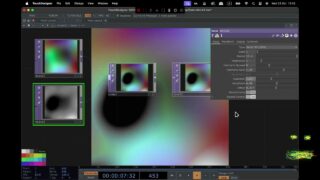
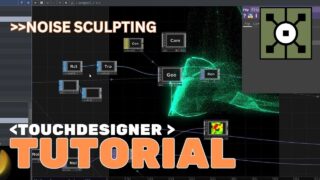
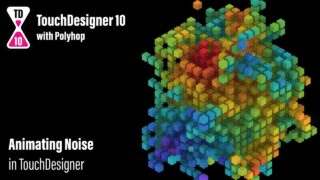
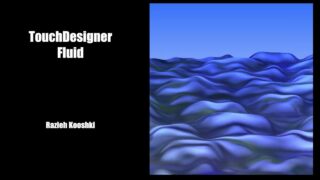
![[15] Displaced noise – TouchDesigner Tutorial](https://alltd.org/wp-content/uploads/2024/07/15-displaced-noise-touchdesigner-320x180.jpg)
![[15] Ruído desplazado – TouchDesigner Tutorial](https://alltd.org/wp-content/uploads/2024/07/15-ruido-desplazado-touchdesigne-320x180.jpg)
